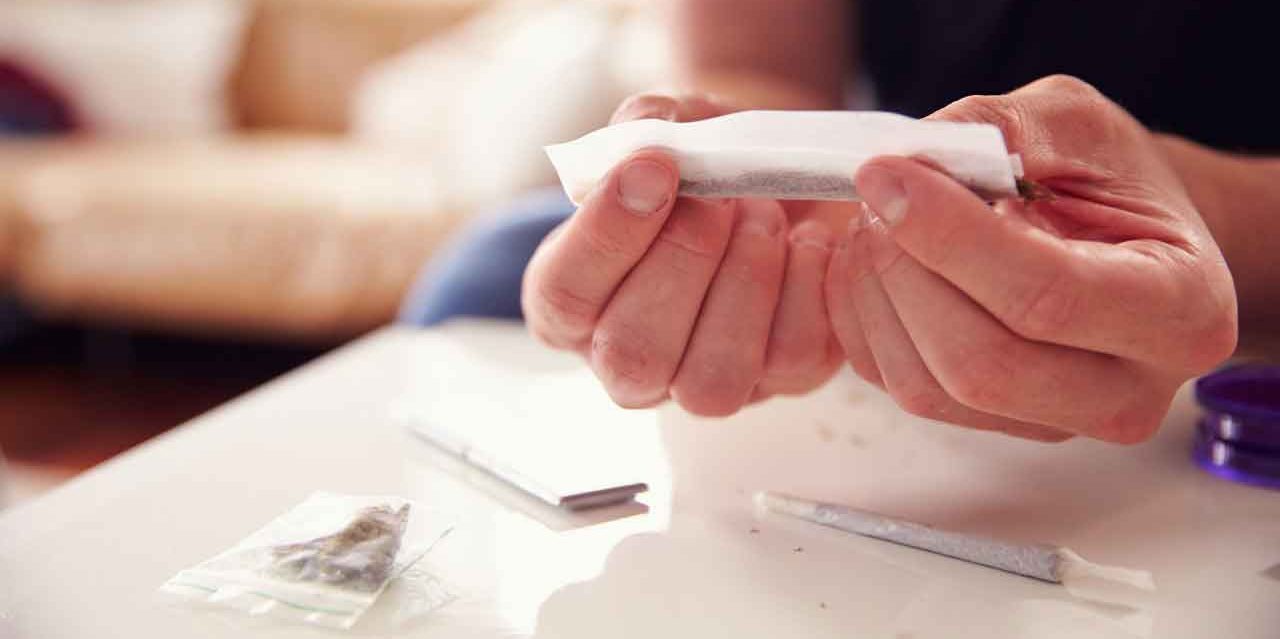Americans Are Smoking More Pot

As the perception that weed is harmless increases, so do the troubling public health consequences.
With certain states legalizing marijuana for recreational use, the perception that weed is harmless is on the increase. So, too, are usage rates. Between 2001 and 2013, the number of Americans who used pot during the past year more than doubled, from 4.1 percent to 9.5 percent.
“Surveys have shown conclusively that fewer adults view marijuana as risky now than in previous years,” says study author Deborah H. Hasin, PhD, professor of epidemiology at Columbia University in New York. “Some people can use marijuana without harm, but marijuana is not a harmless drug.”
In fact, the risk of marijuana use disorders continues to climb, with 3 out of 10 users meeting the criteria for marijuana use disorder. Interestingly, new users are more likely to abuse the “gateway” drug. Diagnosed marijuana use disorder also doubled (to 2.9 percent in 2012 from 1.5 percent in 2001.
YOU MIGHT ALSO LIKE: The Dangers of Synthetic Marijuana
Adolescents at risk
Experts agree young adults (18 to 29) are at highest risk of marijuana use and marijuana use disorder. Over the past decade use among youths increased from 10.5 to 21.2 percent, and use disorder has increased from 4.4 to 7.5 percent. Trouble is, this age group is also at greatest risk of ill effects stemming from weed.
Like a sponge, the adolescent brain easily absorbs information as well as substances like pot. While there’s scant evidence that using marijuana after age 20 damages the brain, a growing body of research suggests that adolescent pot-smokers not only experience greater cognitive deficits than their drug-free counterparts but they’re also more likely to develop psychotic disorders like schizophrenia.
“In this age group, the brain is still maturing so heavy or regular marijuana use may interfere with normal brain development and educational or occupational achievement,” says Hasin. Marijuana is also a gateway drug, according to the Centers for Disease Control and Prevention (CDC). There are potency and chemical inconsistencies in the drug, and it’s sometimes cut or laced with other substances.
Despite these risks, since 2010, the proportion of U.S. 12th graders who used marijuana during the previous month (21.4 percent) surpassed the proportion who used cigarettes (19.2 percent). Yet marijuana smoke has many of the same combustible particles found in tobacco, three times more tar, and 50 percent more carcinogens.
Legalization’s side effects
The public’s perception of marijuana as a “safe” drug is growing. “Many people still believe you cannot become addicted to marijuana,” explains Lisa M. Lowery, MD, MPH, section chief of Adolescent Medicine at Helen DeVos Children’s Hospital in Grand Rapids, Mich. While some people are simply chronic users of marijuana, others may become addicted, placing them at risk for using and abusing other drugs, drinking and driving, and engaging in unprotected sex.
Since 1996, 23 states plus the District of Columbia and Guam have passed medical marijuana laws, and four states plus the District of Columbia have legalized marijuana for recreational use. Yet, studies show that marijuana impairs driving performance, and that since the legalization of medical marijuana in Colorado drivers involved in fatal motor vehicle crashes are more likely to test positive for marijuana use.
According to the CDC, using alcohol and nicotine as models, changes in laws and policies do appear related to changes in use and consequences, suggesting that the legal status of marijuana could influence the risk of marijuana use disorders. Plus, since marijuana and alcohol are frequently used together, public health authorities are concerned about the potential for synergistic effects. Research shows that using marijuana and alcohol together impairs driving more than either substance alone, and that alcohol use may increase the absorption of THC, the psychoactive chemical found in marijuana.
While some Americans may believe “getting high” should be a legal pursuit, these studies suggest caution and the need for public education regarding the dangers involved with using marijuana — including the risk of addiction.
Updated:
April 02, 2020
Reviewed By:
Christopher Nystuen, MD, MBA